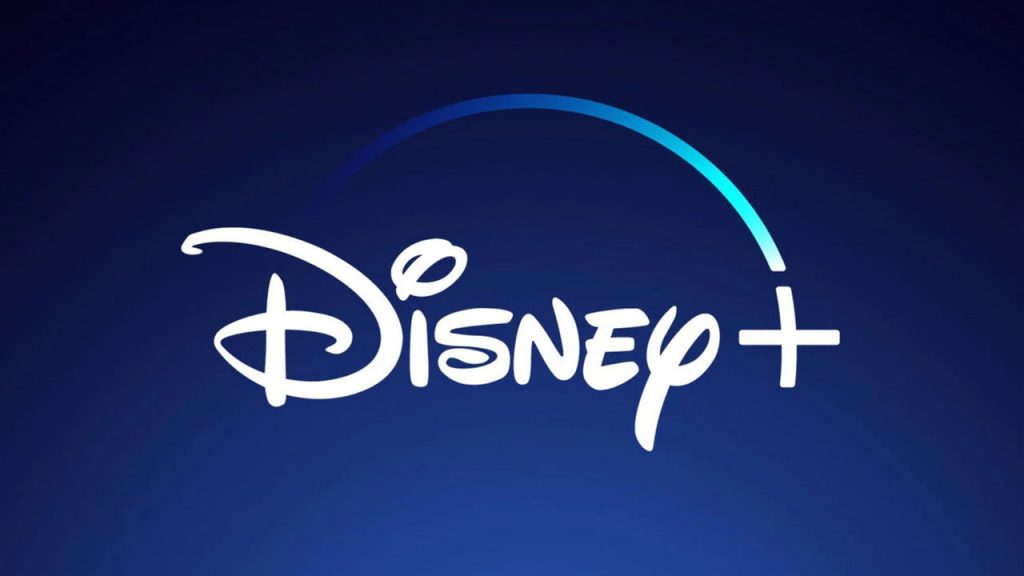On the surface, Disney+ may seem like a niche product. However, its extensive library is what propels Disney into the streaming market, despite first-day stumbles.
Streaming services as a whole are great for college students because they can be accessed wherever they’re able to use the internet, and Disney+ is no different. You’ll find everything from “The Avengers” to “The Simpsons” while browsing through Disney’s 96-year history. This may sound overwhelming at first, but the service does a nice job of breaking up content into distinct categories.
As soon as you open the app or visit the website, you’ll be shown a few featured programs including Disney+ originals, such as “The Mandalorian” and “High School Musical: The Musical: The Series,” as well as newer Disney acquisitions, such as “Avatar” and “The Simpsons.” Below that, the streaming service presents five categories: Disney, Pixar, Marvel, Star Wars and National Geographic.
This is where Disney+ sets itself apart from its competitors, as the home screen doesn’t feel cluttered with an unlimited choice of movies and TV shows. When opening Netflix, it’s easy to feel overwhelmed by the amount of content presented to you, but Disney+ does a good job of guiding you toward different options, whether it be original content or a classic Disney film.
The search bar for the service also works well. You can search by brand, character or even actor. If something you were looking for is not on the service yet, it will tell you the date it’s coming and even the reason it isn’t there. For example, the service explains that “Solo: A Star Wars Story” is coming July 9, 2020 “due to existing agreements.”
Disney+ is going all in on its original content, which can be seen in “The Mandalorian” and its upcoming line of Marvel shows, both of which have budgets of over $100 million per season. The service has opted to release its shows on a weekly schedule, with most shows getting two episodes in the first week. The service is not just limiting its original content to shows — it’s creating original movies as well, such as the Christmas movie “Noelle” and a live-action remake of “Lady and the Tramp.”
However, most of the Disney+ catalog is content from Disney’s past. There are the classic animated films like “The Lion King,” “Aladdin” and “Beauty and the Beast,” as well as early Disney Channel shows like “Kim Possible,” “Lizzie McGuire” and “Even Stevens.”
Much like its competitors, Disney+ can be viewed by four different devices at once and allows users to create seven profiles. It also enables users to download most of its library for offline viewing on up to 10 devices. Along the lines of accessibility, Disney is trying to make its service as appealing as possible. Disney+ costs $6.99 per month or $69.99 per year, and can be bundled with Hulu and ESPN+ for $12.99 per month. It is available on video game consoles, iOS and Android, Apple TV, Roku and Amazon Fire.
For all Disney+ does well, it definitely could have borrowed features from other streaming services. For example, there is no way to preview a title without visiting its page. Disney+ could have taken Netflix’s approach and played a quick preview when you hover over a title. Another thing Disney+ could have taken from Netflix is the “Continue Watching” tab in its list of content. When exploring the page of a particular title, it doesn’t keep track of what you’ve already watched, but if you select “play” at the top of the page it picks up right where you left off. At times, the service ran a bit slowly and was even unable to connect to the Internet, but this is to be expected on launch day, and these issues didn’t persist as the day went on.
Overall, Disney+ launched strongly, despite short server issues, raking in more than 10 million subscribers and 3.2 million app downloads, according to Apptopia. The large day-one library and solid road map for future shows and movies guarantees Disney+ won’t be just a flash in the pan.



